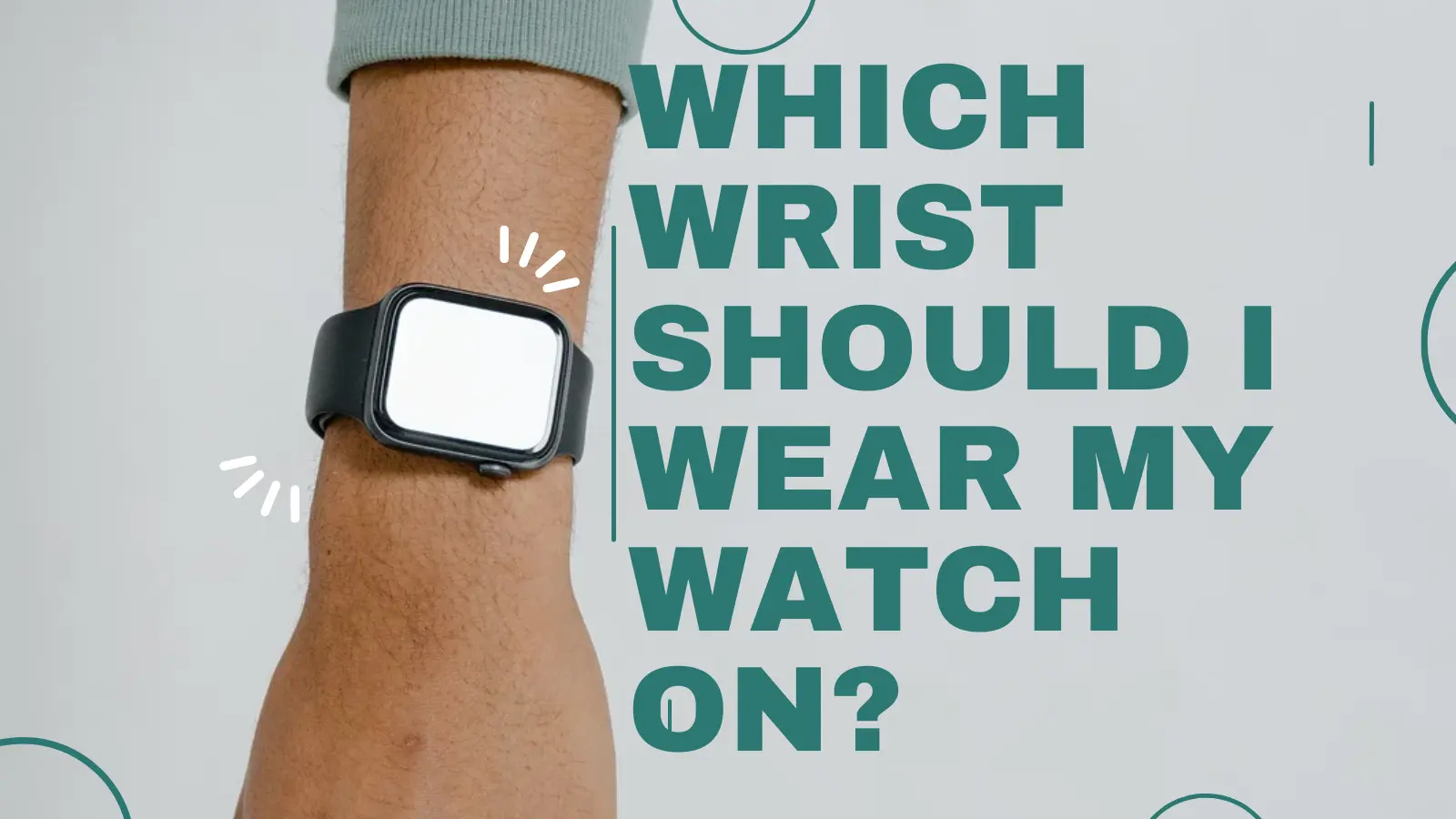Table of Contents
When it comes to wearing a watch, most of us don’t give much thought to which wrist it belongs on. However, this seemingly simple decision can stir up questions about tradition, functionality, and even personal style. So, if you’ve ever found yourself wondering, “Which wrist should I wear my watch on?”—you’re not alone. Let’s dive into the considerations that can help you make this decision with confidence.
Traditional Norms and Changing Trends
Historical Preferences
When watches were first invented and gained popularity, they were created for the right hand. At that time, pocket clocks were still widely used. The wristwatches appeared around 1916 when the trend was started by the infantry battalions in the United Kingdom. It was much more comfortable not to take a pocket clock out every time you wanted to find out what time it was, especially during the period of hostilities.
Since then, watches have not left the market and have not lost popularity. The modern trend is to wear watches on the left hand. This is the case because it is now also customary to wear wristbands and chains on the wrist of the right hand. And for practical reasons, watches are still on the left. It should be noted that the vast majority of people in the world are right-handed. Thus, the watch on the left wrist will both retain a clean look and retain its original purpose.
Modern Shifts
Some of this is influenced by the dominant hand. Since the majority of people are right-handed, the left wrist was the natural choice. This was also based on the idea that you cannot wear your watch on your dominant hand because it could potentially get damaged, depending on what purpose it serves. Because of this, your watch remains on your non-dominant wrist.
Factors Influencing Wrist Choice
Dominant Hand
Although the left wrist remains common, there is much more of a push toward individual preference. Now, many people wear their watches on whichever wrist is more comfortable. The statement of the dominant hand does ring true, as wearing your watch on your non-dominant hand keeps it from getting in the way of side-to-side activities.
Comfort and Convenience
This does not apply to me either. I would put on my watch, and it will feel right in place on my left wrist. Comfort is paramount. A watch should fit snugly but not too tight, allowing for free wrist movement. Try both wrists to see which one feels more natural and less intrusive.
Style and Fashion
Since I used to read every fashion magazine just to keep up with the fashionable combinations and styles of the newest season, I believe that trends also had an impact on my decision. Thus, when my watch was “telling” me to change my wrist, I decided to listen. It was a good choice since I realized that my right wrist feels somewhat awkward now, and I am not used to wearing anything on it.
Latest Trends in Wristwatch Wearing
Smartwatches and Fitness Trackers
One of the trends associated with smartwatches and fitness trackers is a tendency to wear a device on the dominant wrist, if applicable, which allows the wearer easy touch screen and other feature access.
Double-Wristing
Moreover, it is becoming more and more popular to combine wearing a smartwatch or fitness tracker with a traditional classic watch on the other hand, which allows the wearer to enjoy aesthetics and fashion while still benefiting from modern technology when necessary.
Gender-Specific Trends
Men are wearing a watch on the left hand as a general rule, which also stays relevant; however, women‘s and general preferences are now becoming increasingly individual. These trends are increasingly fluid, with personal choice taking precedence.
Practical Tips for Choosing the Right Wrist
Consider Your Daily Activities
Think about your daily activities and how a watch might affect them. If you’re frequently typing or using tools, wearing the watch on your non-dominant wrist might be more practical.
Experiment with Both Wrists
Try wearing your watch on both wrists for a few days each to determine which one feels more comfortable and natural.
Pay Attention to Wear and Tear
Observe any signs of wear and tear on your watch. If one wrist causes more damage or scratches, consider switching to the other wrist to prolong the watch’s life.
Conclusion on Which wrist should I wear my watch on?
Ultimately, in this regard, everything depends on the personal choice of an individual. While traditional norms and trends may provide some guidance, it is essential to choose what is most comfortable and convenient for you. Without a doubt, you should stay informed about the latest trends and changes, but there is no need to be afraid of choosing what is better for you. Would you prefer your left or your right wrist for wearing the watch? Or maybe you plan to use both? Anyway, wear your watch confidently and stylishly.

